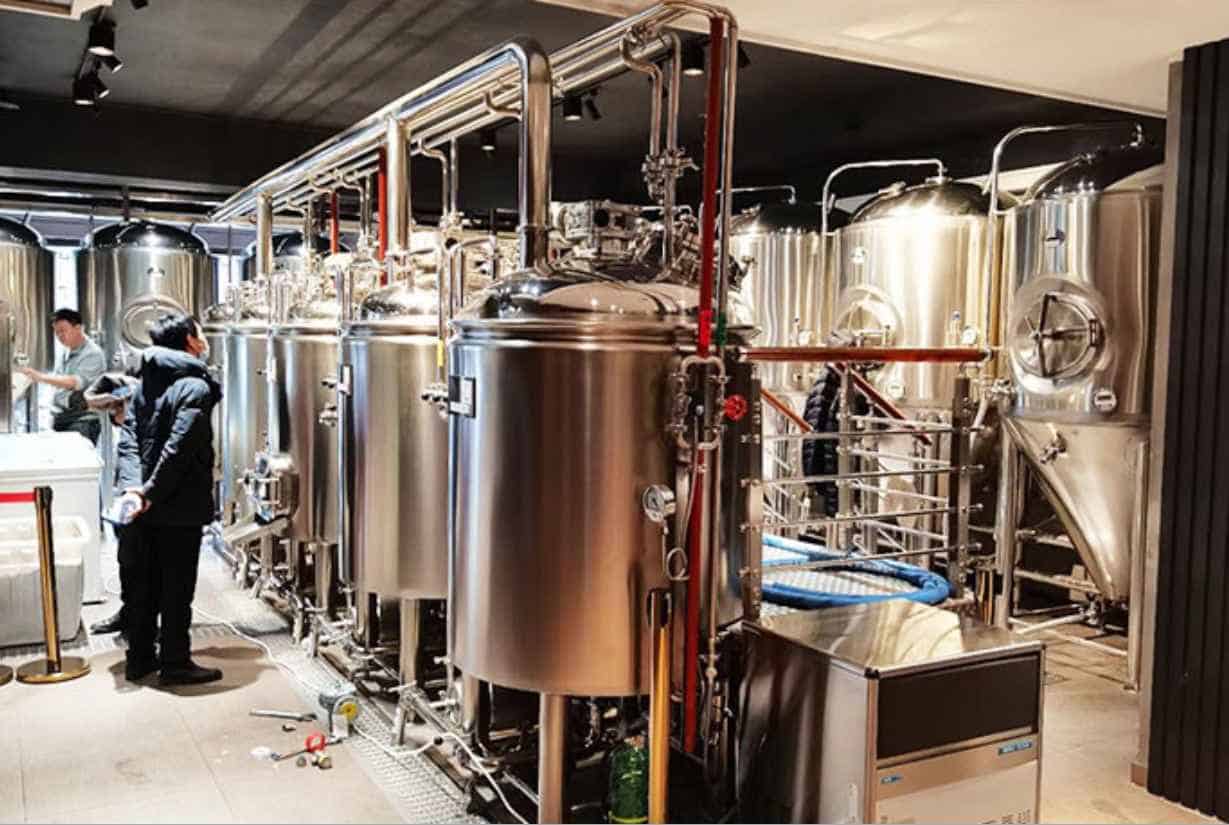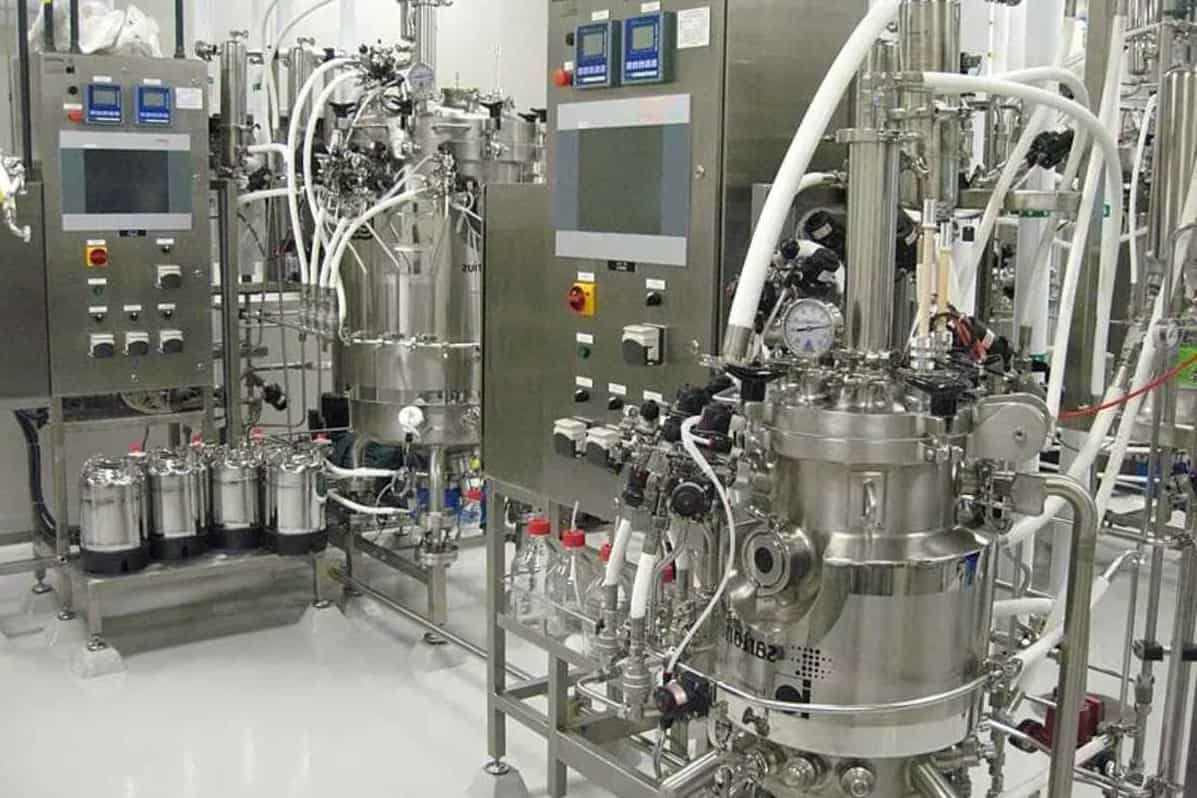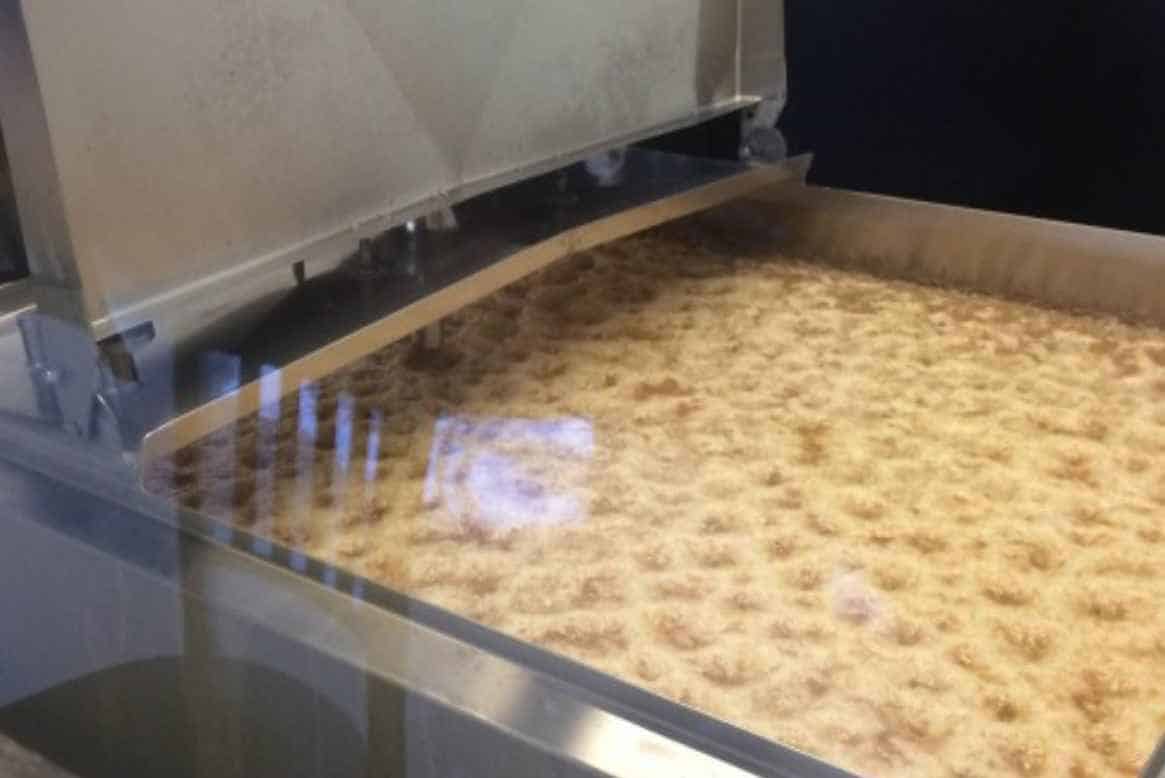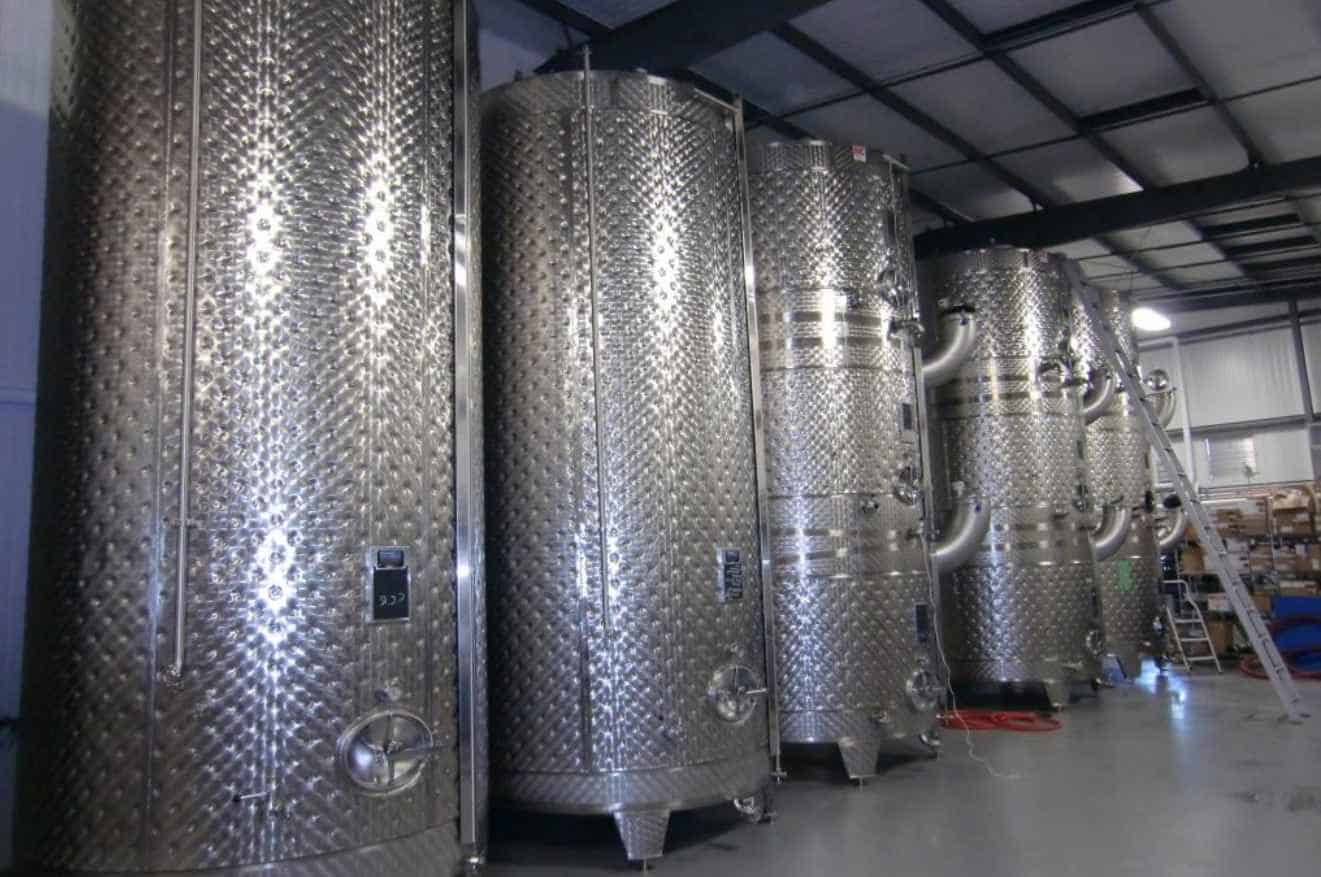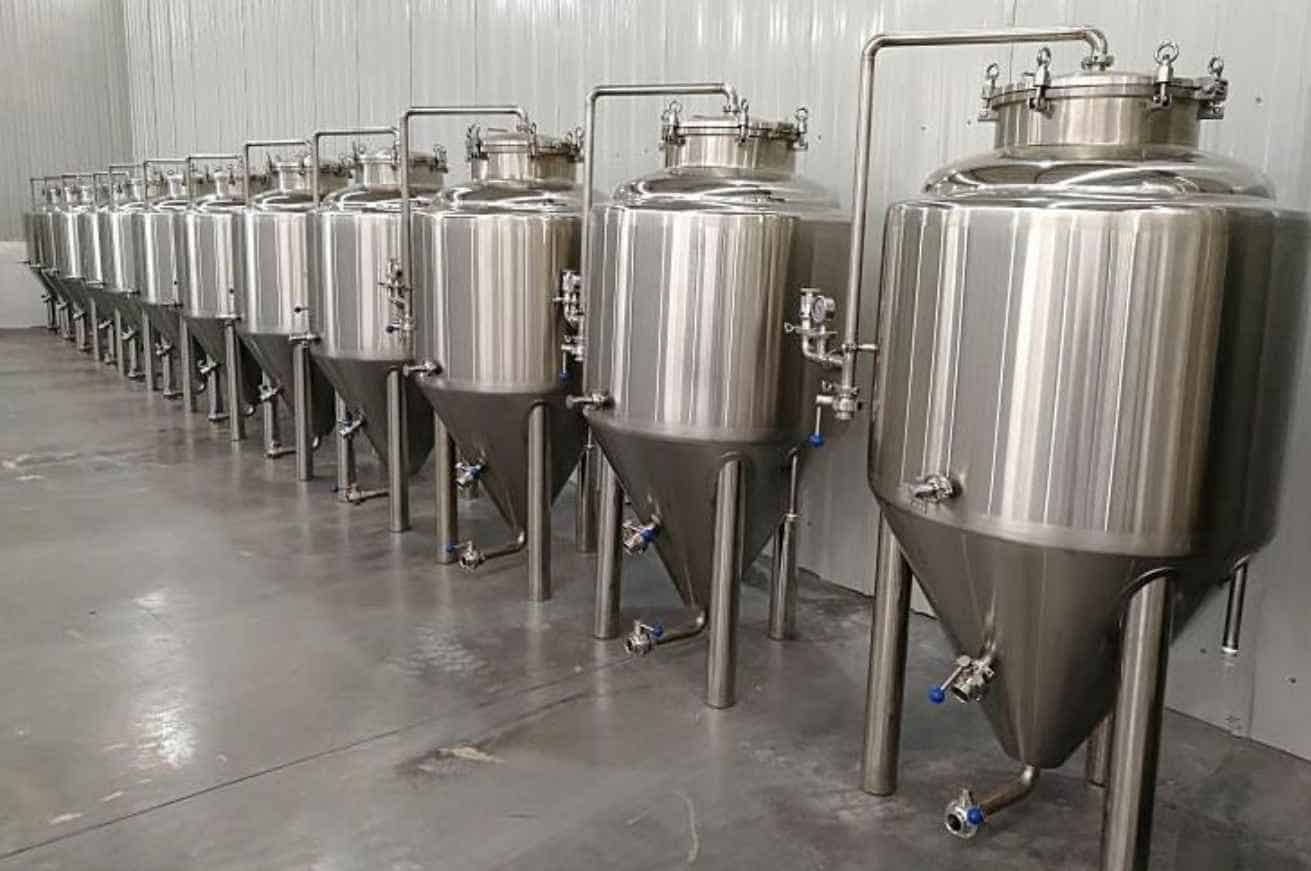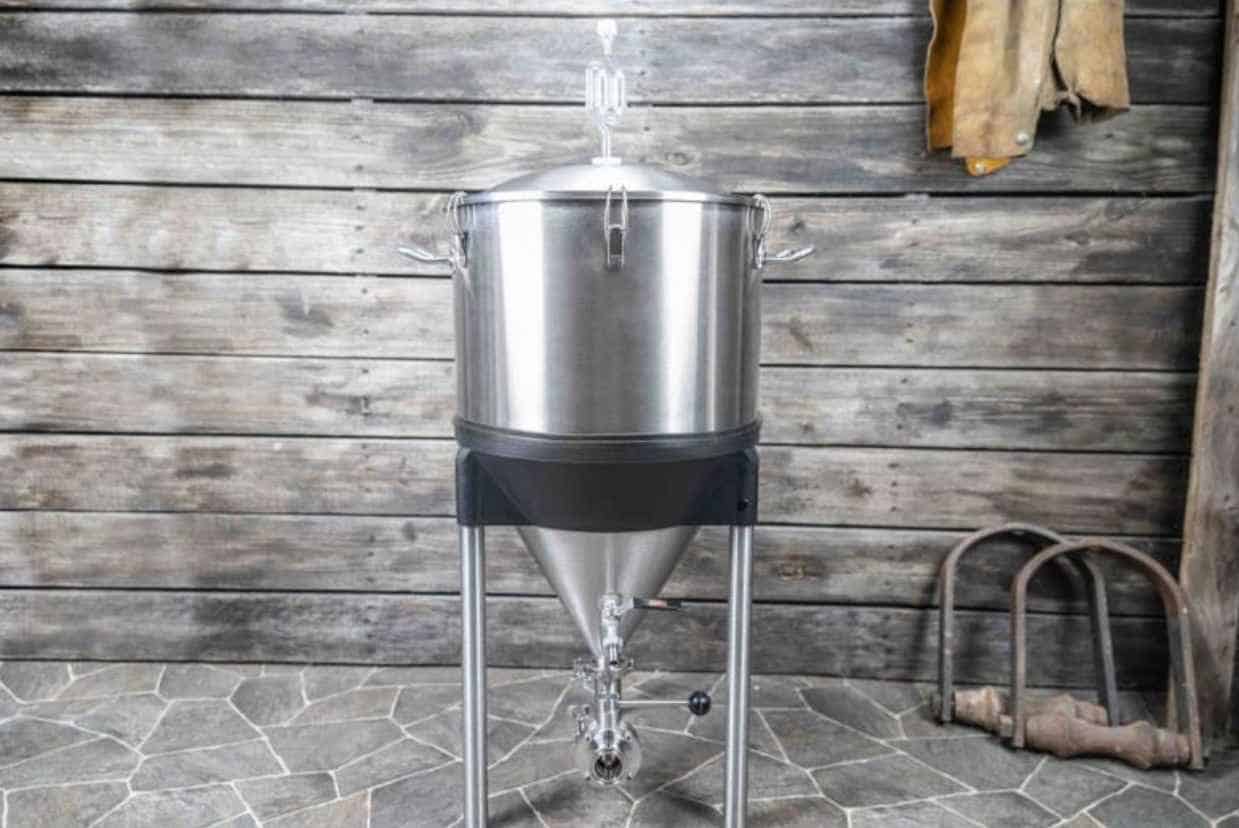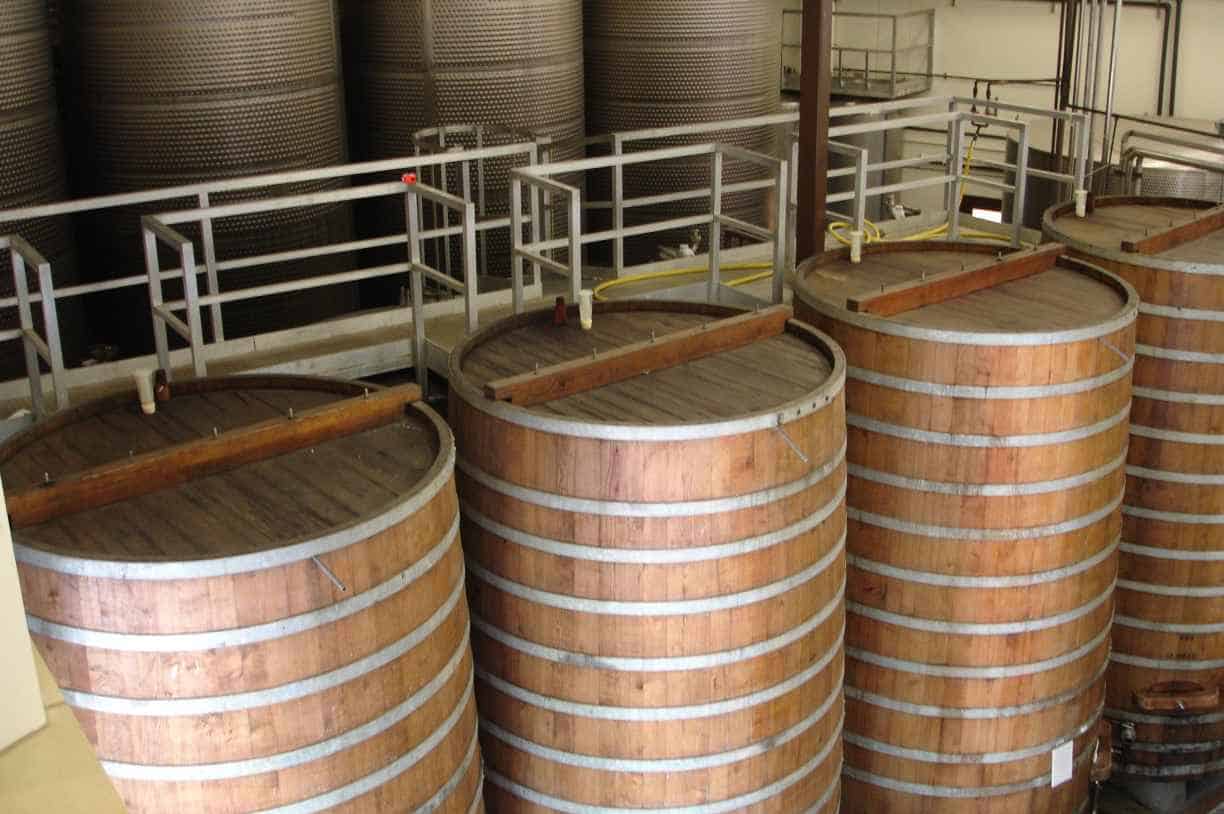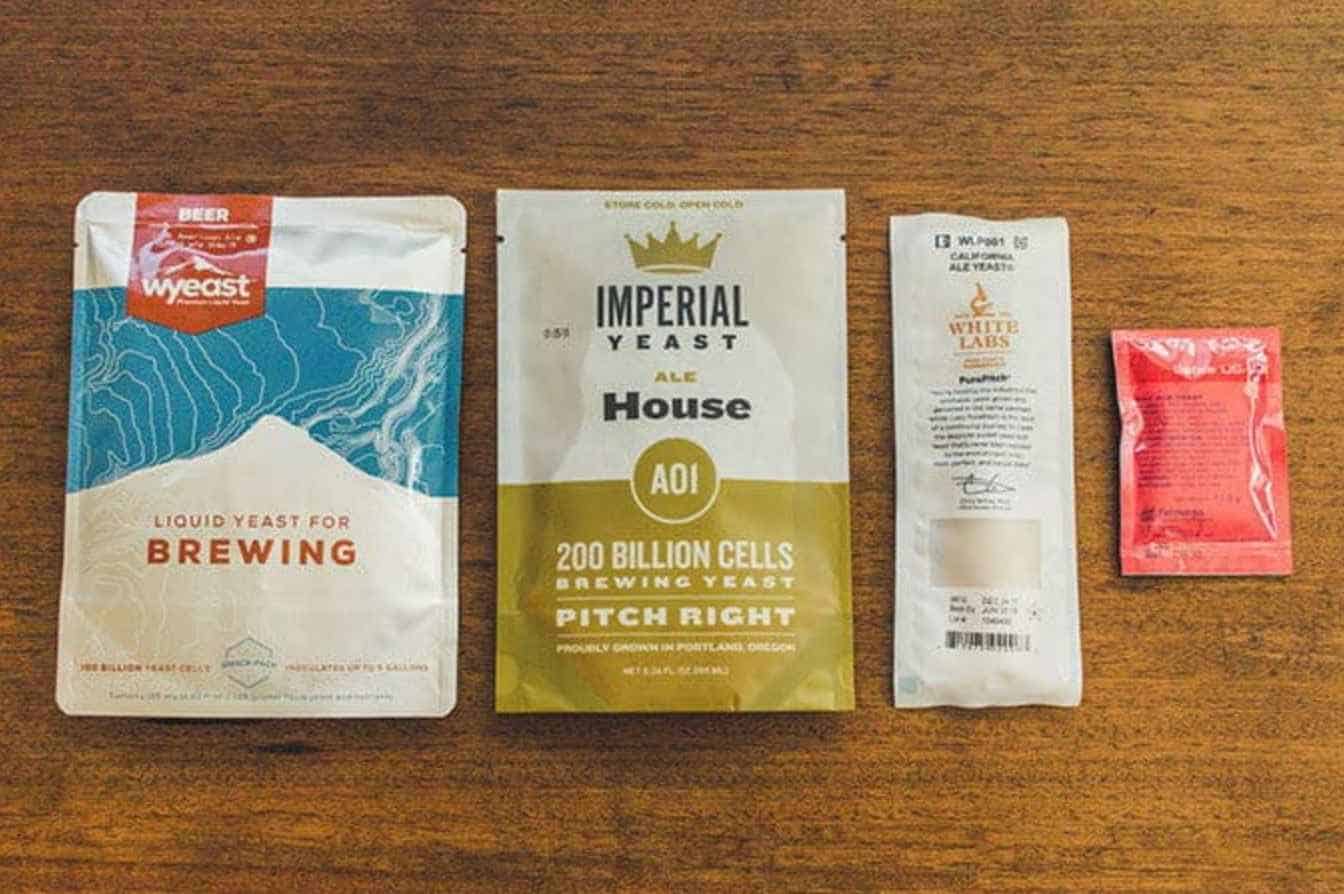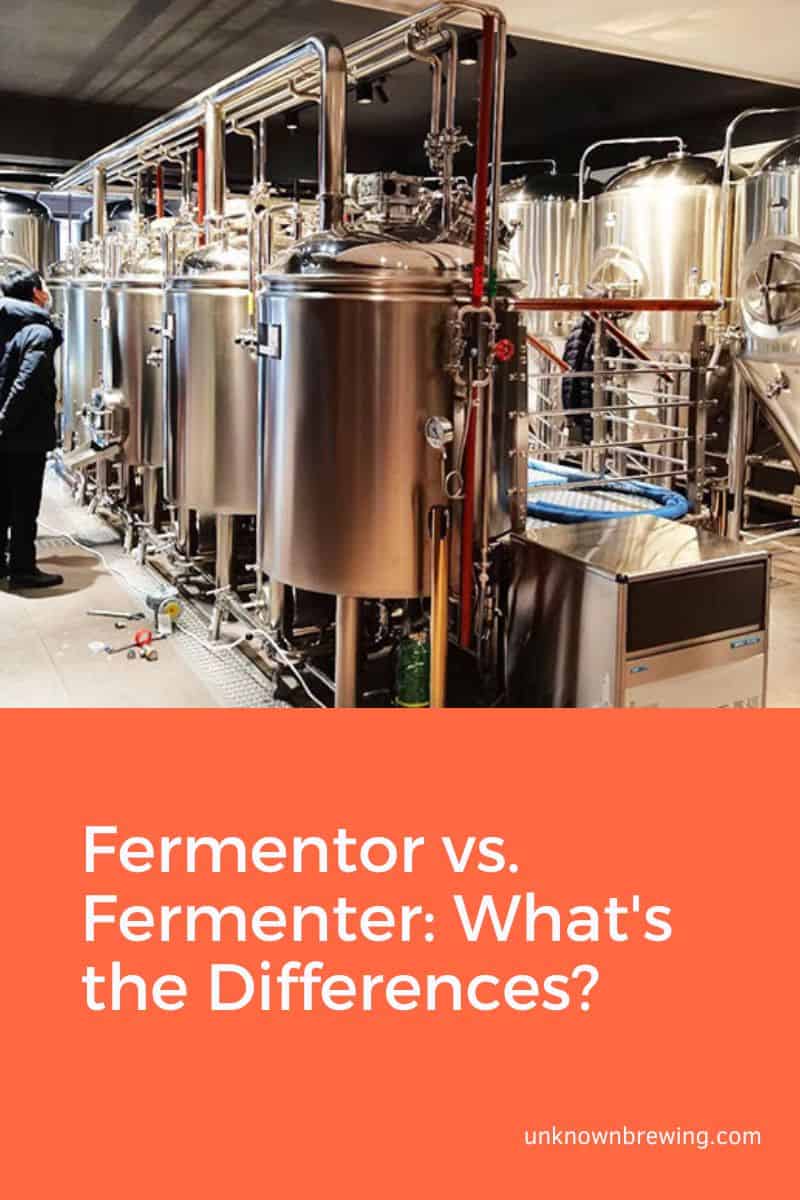Hey there! Do you ever mix up the words Fermentor and Fermenter? Well, if you do, you’re not alone – lots of us do! Here’s the lowdown:
Now, when it comes to homebrew, there’s nothing more confusing than these two terms. They’re like those distant cousins who always show up at family gatherings, but you can never quite remember their names. So, what do they actually mean?
The word Fermenter sounds fancy, huh? It definitely gives off some mad scientist vibes. Turns out, it’s just another name for our trusty old buddy, the Fermentation Vessel (try saying that ten times fast). This baby holds your sweet wort mixture as it becomes something even sweeter; alcohol! And along the way, it churns out some extra energy and CO2. Handy stuff!
So, now that we know what a Fermenter does, what about its partner in crime, Fermentor? Think of this guy as your personal genie in a bottle.
He magically transforms your wort into the delicious libations you love so much. With this analogy, yeast (fermenter) is our genie, and the fermentation vessel (fermentor) is our bottle. No wonder we get them confused sometimes!
How about we go deeper down the rabbit hole and examine these terms further? We’ll look at the types and styles of fermentors, plus the features of a proper fermentor. As for fermenters, I also gotchu covered, fam. Let’s get right into it!
What is a Fermentor?
Let’s get back to our “genie in a bottle” analogy. Fermentors are the bottle; the fermentation vessel. They hold the wort as the magic of brewing takes place.
Well, they’re basically just big containers where brewers put their special mix of ingredients (or wort) so it can turn into something magical; beer! These vessels have some pretty cool features too, like letting out the gas that builds up during the brewing process and keeping out any air that could mess things up.
These fermentors come in different shapes, sizes, and even colors, but most importantly, they’re built strong and durable, so your precious wort won’t break loose or spill over. For at-home brewers, there are smaller plastic or glass versions available, perfect for DIY projects.
And if you’ve got bigger plans, say, running a whole business, then you might need one of those massive stainless steel types that take up half the room. Trust me; I’m not exaggerating here!
Now let’s explore the types of fermentors.
Types of Fermentors
Depending on style and design, there are various types of fermentors, including:
1. Open Fermentors
You’ve probably already figured out where this is headed. Yup, as the name implies, these guys work closely with nature itself. A breathable environment helps cultivate wild yeast species and bacteria. These babies are a must for anyone keen on making tart and tangy sour ales.
So whether you’re a professional craftsman or amateur enthusiast, these versatile vessels accommodate a wide range of recipes. Check ’em out, especially if unique sour creations float your boat!
Are you a fan of sour beers? We have 20 recommendations for you to try.
2. Closed Fermentors
Now, if you thought open fermentors were straightforward, wait till you see closed ones. These fermentors are shut like fortified vaults, protecting precious ingredients from prying eyes.
Closed fermentors are perfect for both home and commercial brewing. Oh, did I mention some models feature temperature control tech? Bonus points if you prioritize precision above all else.
3. Conical Fermentors
These babies are essentially just big vats shaped like cones. Think of ’em like upside-down ice cream cones. Why the funny shape?
This design helps yeast settle down at the bottom as they work their magic. The design also separates spent yeast from your beer, making racking super easy. And yeah – conical fermentors come in metal and plastic forms.
4. Bucket Fermentors
These bad boys are pretty basic fermentation vessels, essentially just food-grade buckets with lids.
The problem is carbon dioxide is one of the by-products of fermentation, and it builds up over time. Too much gas build-up, and boom, the lid pops open. An open lid lets in unwanted guests. Solution: stick one of these nifty airlock gizmos on top and call it a day.
Now that’s some smart thinking, huh? Just remember to check your pressure levels every now and then. We don’t want anything exploding on us.
5. Barrel Fermentors
Hey guys, ever heard of barrel fermentors? And nope, no relation to Jack. Think more along the lines of giant wooden barrels used in winemaking. And before you get any ideas… no, you cannot live inside one.
Brewers usually reserve these bad boys for secondary fermentation or for age-old sour ales. Barrels leave behind hints of woodiness and earthy undertones in whatever brew they touch, kinda like how Grandpa always smelled of pipe tobacco and leather armchairs.
It might sound odd but trust us, delish!
What is a Fermenter?
The word fermenter has two meanings. Firstly, it doubles as another word for our good buddy “fermentor,” who’s been hangin’ with us since we started.
As for the other definition, let’s get technical, shall we?
A “fermentor,” according to science speak, means something that helps convert sugary drinks into alcohol. And as a bonus, we get energy (heat) and some sweet bubbles too.
In our “Genie and the Bottle” analogy, the genie is the fermenter. It does the magic of transforming wort into beer. In our world of beer making, that magical ingredient happens to be none other than Mr. Yeast himself.
So what does this teach us today, kiddos? Always do our homework, or else we may end up mixing definitions. Don’t worry though; we got each other to navigate these tricky waters.
Types of Fermenters in Beer Brewing
Yeast is the primary driver of beer fermentation. It is the captain and the star player. However, it is not the only player in the field. Below are the different types of fermenters that turn our wots into beer.
1. Commercial Yeast
So, if you’ve ever made beer before, chances are you used commercial yeast – that’s the stuff designed specifically for making brews. These bad boys have been tweaked by scientists so that they kick butt at converting grain sugar into alcohol (and CO2).
Plus, some brands even infuse their yeasts with extra flavors and aromas, kinda like adding seasonings to cooking. But don’t worry; you can grab either dry or liquid versions from your friendly neighborhood homebrew store (although the latter last longer).
Just note that each type has subcategories, which stem from just two main species:
- Saccharomyces pastorianus
- Saccharomyces cerevisiae
And just like how using different cuts of meat changes up meals, varying strains create unique tastes & appearances in craft brews!
Take ale-making yeasts, for example. The cerevisiae strains bring punchy, fruity, or spicy vibes to the beer – plus, they prefer warmer conditions during fermentation.
If you’d like tips beyond basics on working with yeasts, check out our article on the types of yeasts.
2. Wild Yeast
Wild yeasts aren’t tampered with in labs. Instead, they come straight from nature itself – no frills attached. Like our buddy, commercial yeast, wild yeast can impact beer flavor and aroma.
They could give off a tangy twist of tartness, earthiness, or zesty notes, depending on the fermentation conditions. This special process of natural fermentation with untamed yeasts is known as wild fermentation.
Wild fermentation is usually done in wooden barrels during beer aging. I guess it takes time for those bubbles to settle and age right.
Oh boy, here comes the fun part – common styles embracing wild yeast wizardry!
| Beer Style | Flavor Notes |
| Belgian Lambic | Sour, fruity, and funky |
| Gueuze | Acidic |
| Flanders Red Ale | Sour and fruity (cherry and plum) |
| Berliner Weisse | Tart |
| American Wild Ale | Tart, funky, and fruity |
All these beer styles have one thing in common; they’re brewed with bacteria.
3. Bacteria
Bacteria may not be the star player in beer fermentation, but they still have their own special kinda magic. You see, those little buggers are responsible for creating that signature tanginess found in many sour brews.
Now don’t get me wrong, yeah? We can’t forget our main man – Mr. Yeast here (cough, cough). But we have to give credit where credit’s due, right?
So back to bacteria; there’re these two types that get the spotlight:
- Lactobacillus
- Pediococcus
First one up: Lactobacillus. This guy loves converting sugar into juicy, mouthwatering lactic acid. And we ain’t talking just any old acid either, folks. Nope, this baby rocks the show by lowering beer pH levels like nobody’s business.
But hold up now, ‘cos here comes that wily fox, Pediococcus. He’s not letting his buddy Lactobacillus hog all the glory.
Pediococcus can do what Lactobacillus does, if not better. Both of these guys leave behind that funky finish in your mouth. They also leave a slimy texture on your tongue. It kind of makes you drool when thinking about it!
What’s the Difference Between a Fermentor and a Fermenter
Brewing is a hard nut to crack, and we often use technical terms. But no two words are more confusing than “Fermenter” and “Fermentor.” Sometimes we use them interchangeably, but do they mean the same thing?
The easiest way to understand it is through the lens of the “Genie and the Bottle” analogy. The fermentor is the bottle, our fermentation vessel. It holds your wort as the genie does its magic, turning wort into beer.
And as you may have guessed it, the fermenter is the genie. It is responsible for the magic, transforming wort into beer. Like genies, fermentors are living organisms (micro-organisms), while bottles (fermenters) are not.
The word “Fermenter” has been confused with “Fermentor” for so long that it’s okay to refer to a fermentation vessel as a fermenter. Well, if you can’t beat them…
So if you see a brewer online typing “Fermenter” instead of “Fermentor,” don’t curse them out. It’s totally fine. And that, folks, is the difference between fermentors and fermenters.

As a homebrewer, Michael would get frustrated about the lack of brewing information on the internet. After hundreds of gallons of spoilt batches, Micheal had enough. And he founded Unknown Brewing as a resource for homebrewers.
